Syd Hoff, born on September 4, 1912, in the Bronx, New York, left an indelible mark on the world of cartooning and children’s literature. His career spanned decades and included diverse works, from political cartoons to syndicated comic strips and, most notably, beloved children’s books. Let’s look at this iconic American artist’s life and creative journey.
Syd Hoff
- Born: September 4, 1912, Bronx, New York City, United States
- Died: May 12, 2004 (aged 91), Miami Beach, Florida, United States
- Nationality: American
- Occupation: Cartoonist, Author
- Notable Works: Danny and the Dinosaur, Tuffy, Laugh It Off
- Spouse: Dora Hoff
- Children: 3
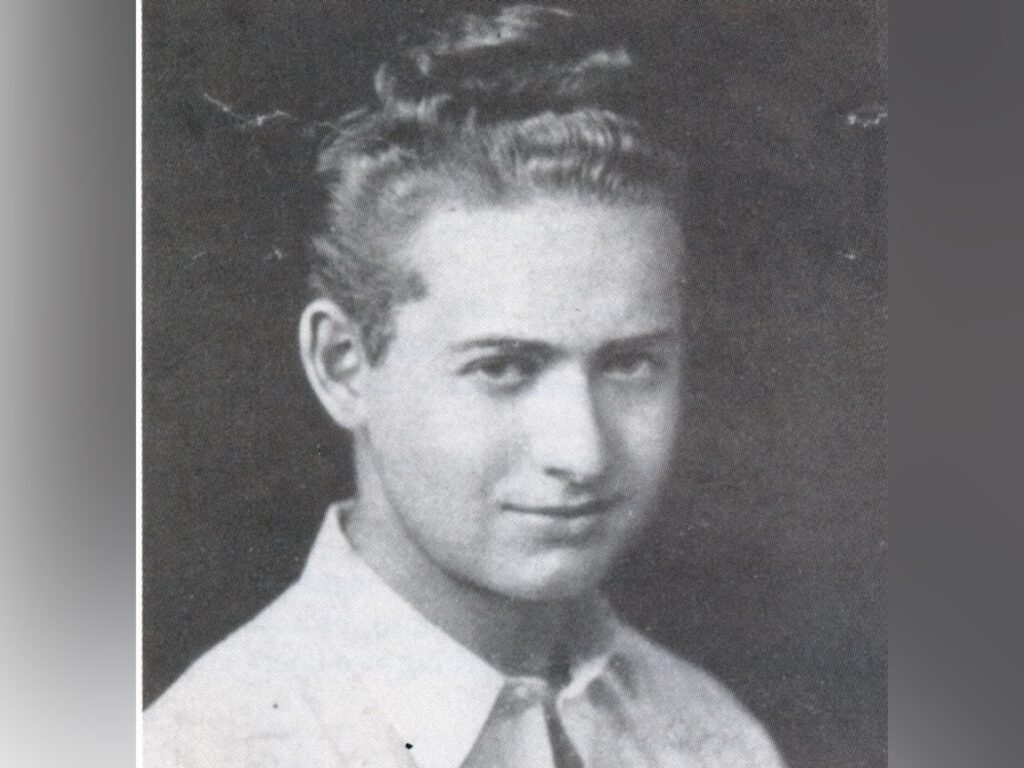
Early Years and Artistic Awakening
Born September 4, 1912, in New York, NY; died May 12, 2004, in Miami Beach, FL. Children’s book author and illustrator. Syd Hoff was both author and illustrator of more than 60 children’s books, including the well-loved Danny and the Dinosaur, a 1958 classic. A cartoonist contributor to the esteemed New Yorker for more than six decades, Hoff was a masterfully elegant artist who was able to capture humor in just a few quick strokes of the brush or pen. “In Hoff’s simple lines, a curve can serve as a smile or a snake, they can be read by four-year-olds and yet touch adults,” declared Christopher Hawtree in London’s Guardian newspaper.
Taking the advice to heart, Hoff dropped out of school and managed to gain admittance to New York’s National Academy of Design in order to pursue his ambition. He sold his first cartoon to the New Yorker two years later, in 1930, an association that would continue for the rest of his career. In 1939, he began his own comic strip for the Hearst Syndicate, about a girl called Tuffy, which had a ten-year run. His first book for children, Muscles and Brains, was published by Dial in 1940.
But it was Danny and the Dinosaur, Hoff’s fourth title for young readers, that launched his career as the originator of some of the most beloved children’s books of the twentieth century. When his daughter was stricken with a hip problem, she had to undergo rehabilitation therapy, and so Hoff drew fanciful stories to amuse her that became the story of a little boy and his dinosaur pet.
Published by Harper in 1958, the tale centers around little Danny, who visits a natural history museum and is so entranced by the brontosaurus on display that he rides it right out of the building. Danny and the Dinosaurwas an immense success, translated into several languages, and sold some ten million copies in Hoff’s lifetime. It was also said to have single-handedly launched the entire dinosaur craze among children.
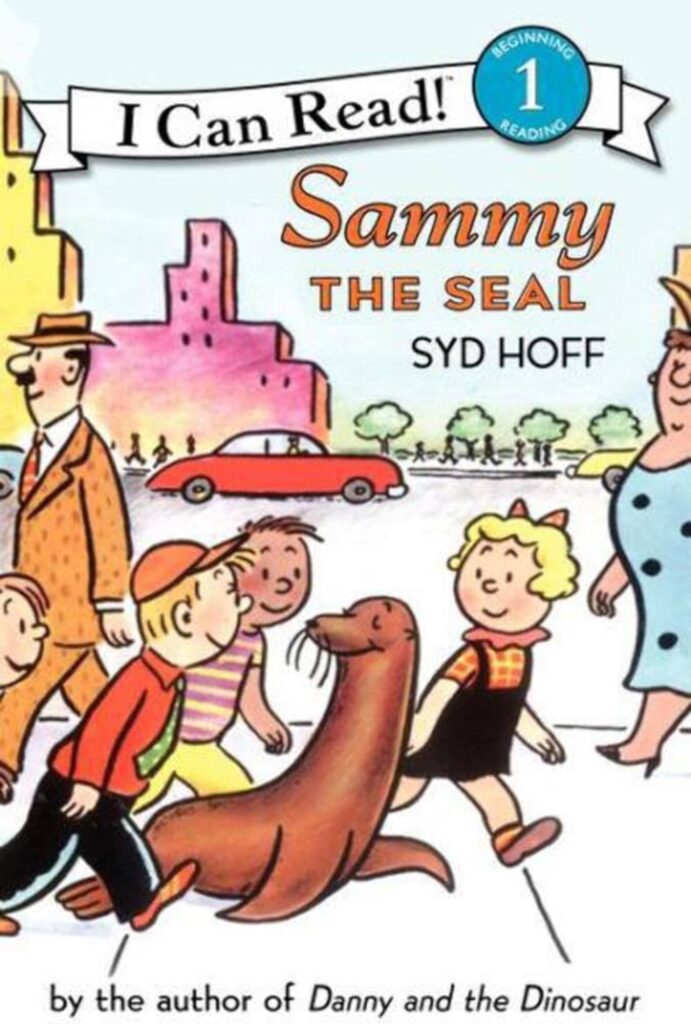
Hoff wrote and illustrated a slew of other books for young readers, often featuring gentle animals and clever boys and girls. Their sweet, gentle themes usually came to “the conclusion that although the grass may look greener outside the circus or beyond the peddler’s wagon, there’s no place like home,” noted New York Times journalist Eric P. Nash. Another one of Hoff’s better-known titles was Sammy the Seal in which a seal is released from the zoo and begins classes at the local elementary school. Grizzwold, dating from 1963, features a title character bear who tries to convince humans that he is not merely a man wearing a bear suit.
Several other titles featured an irrepressible hen named Henrietta. Hoff even had his own television series in the 1950s, Tales of Hoff, a title that may have been an erudite nod to German Romantic writer E.T.A. Hoffmann and his well-known short stories, which were the basis for an 1881 opera, Tales of Hoffmann.
Hoff wrote short fiction himself, in the form of mystery tales for the Alfred Hitchcock and Ellery Queen publications, as well as two novels, Gentleman Jim and the Great John L in 1977 and Boss Tweed and the Man Who Drew Him, published a year later. There was another comic strip from his pen, Laugh It Off, which ran in American newspapers from 1958 to 1978, and he continued to produce typically witty, sophisticated fare for the New Yorker and Esquire over the course of a long career. “Hoff’s cartoons captured moments of everyday absurdity,” noted Plimmer in the Independent.
“Often the gag was slight, the emphasis being the celebration of a common human trait, such as the nosiness of the woman pressing her ear against the neighbour’s wall, saying to her ostensibly indifferent husband, ‘Boy, have they got your number!'”
Hoff also provided reams of advice to a younger generation of illustrators and New Yorker aspirants, sometimes in the form of such books as The Young Cartoonist: The ABCs Of Cartooning, published in 1983; he also visited schools regularly. Hoff died on May 12, 2004, in Miami Beach at the age of 91. The daughter who had been so entertained with the first “Danny” drawings, Susan, predeceased him, as did Hoff’s wife, Dora, whom he married in 1937. He is survived by another daughter, Bonnie, and two grandchildren.
For Hoff, the joys of life as well as its harder moments served as an infinite fount of inspiration. “Humor, for some reason, is basically sad,” the New York Times‘ Nash quoted him as once writing in an essay. “The best humor has to do with events that people can identify as having happened to them, or something that has been in the subconscious.”
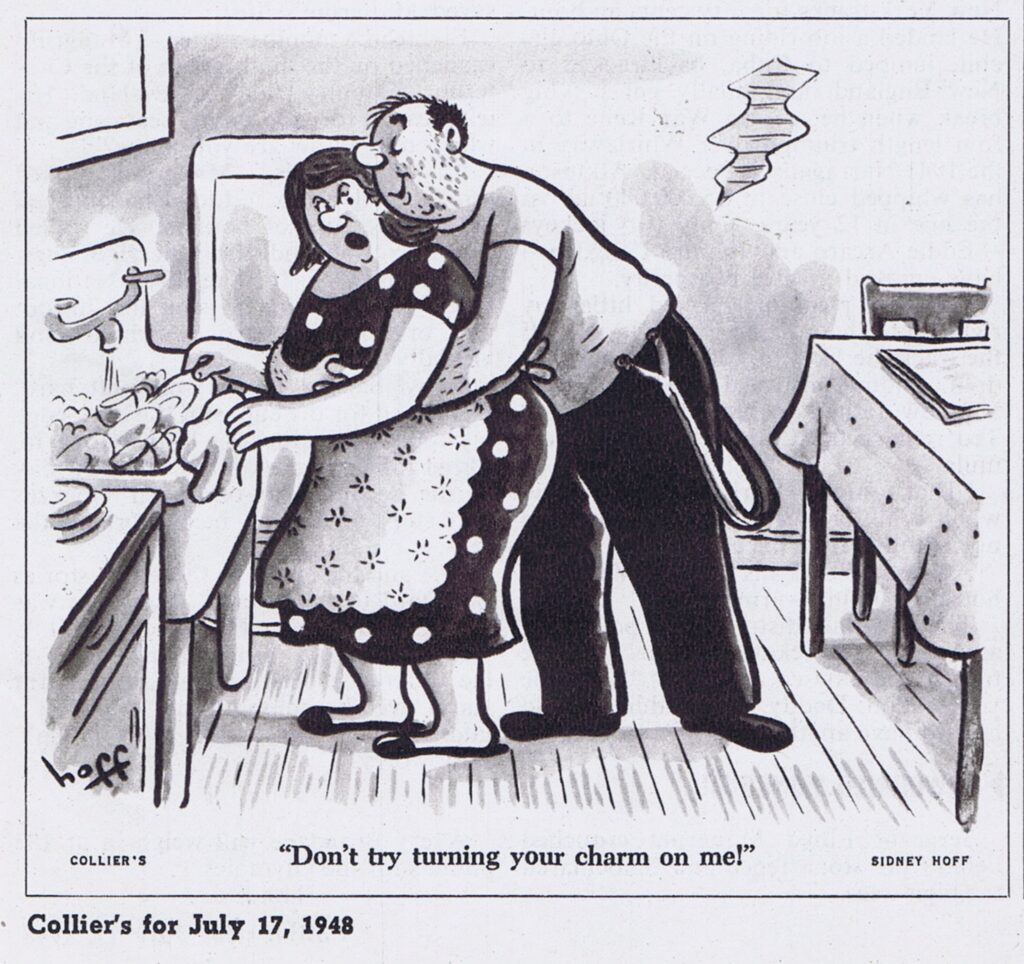
From New Yorker to Television Host
Hoff’s cartoons weren’t confined to the pages of The New Yorker. His witty illustrations found their way into various publications, including Esquire and Look magazine. Beyond print, Hoff ventured into television as the host of “Tales of Hoff,” where he drew and narrated stories, showcasing his multifaceted talent.
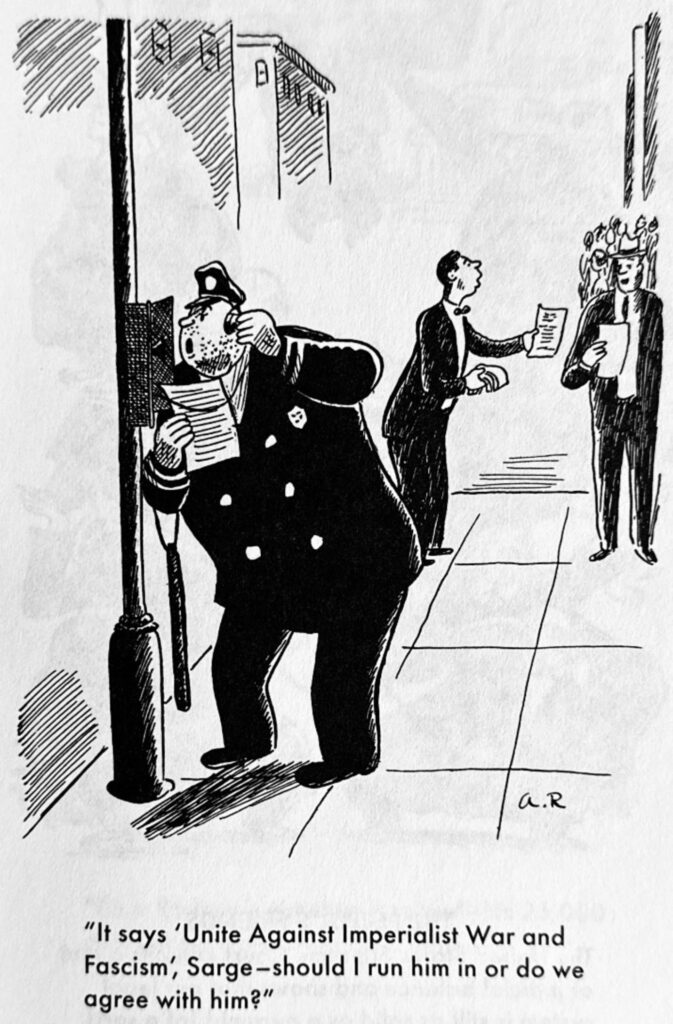
Syndicated Success: Tuffy and Laugh It Off
Hoff’s creativity extended beyond single-panel cartoons to syndicated comic strips. His creations included “Tuffy,” which ran from 1939 to 1949, and “Laugh It Off,” which entertained readers from 1958 to 1978. “Tuffy,” in particular, played a unique role during World War II, as it was declared “essential for national morale,” contributing to Hoff’s exemption from active military duty.
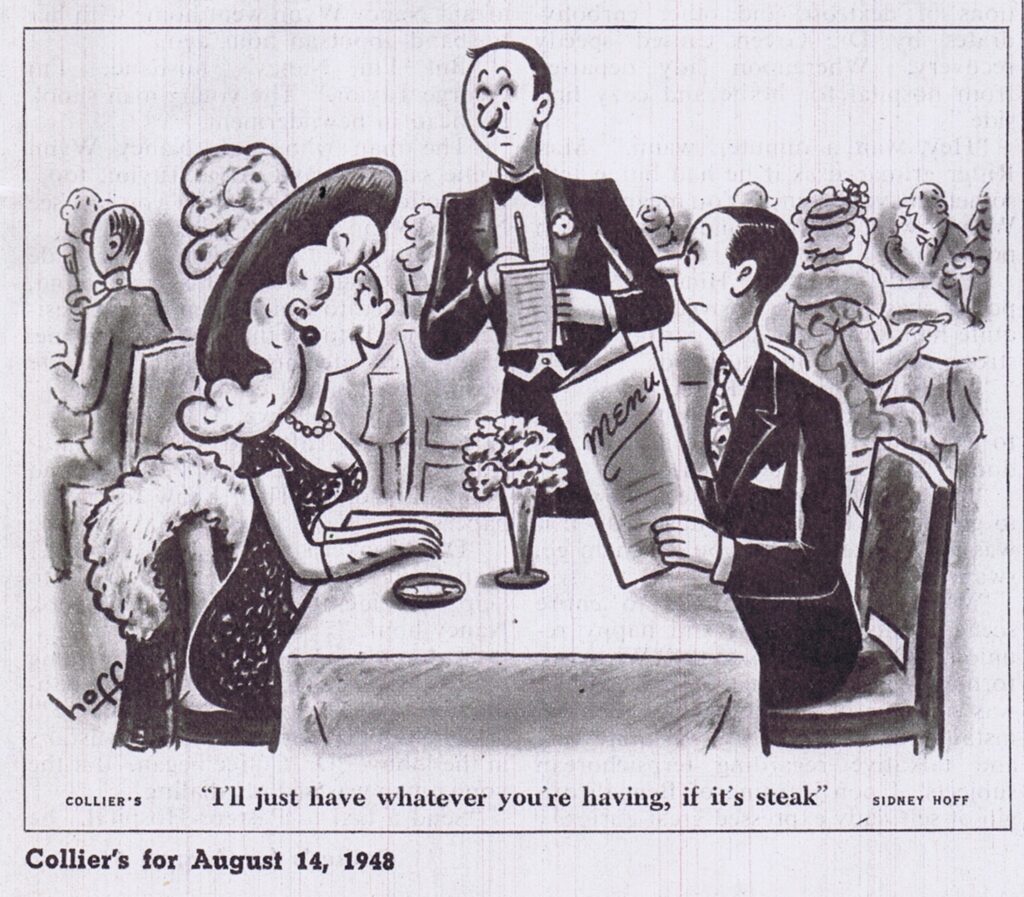
Political Cartoons and Pseudonyms
In the politically charged atmosphere of the 1930s, Hoff, under the pseudonym A. Redfield, contributed cartoons to leftist publications such as The Daily Worker and New Masses. His first published book, “The Ruling Clawss” (1935), compiled these works. While Hoff’s radical contributions tapered off by 1940, his political engagement continued. In 1952, he faced questioning by the FBI regarding his A. Redfield work and Communist Party associations, reflecting the intense political climate of the time.
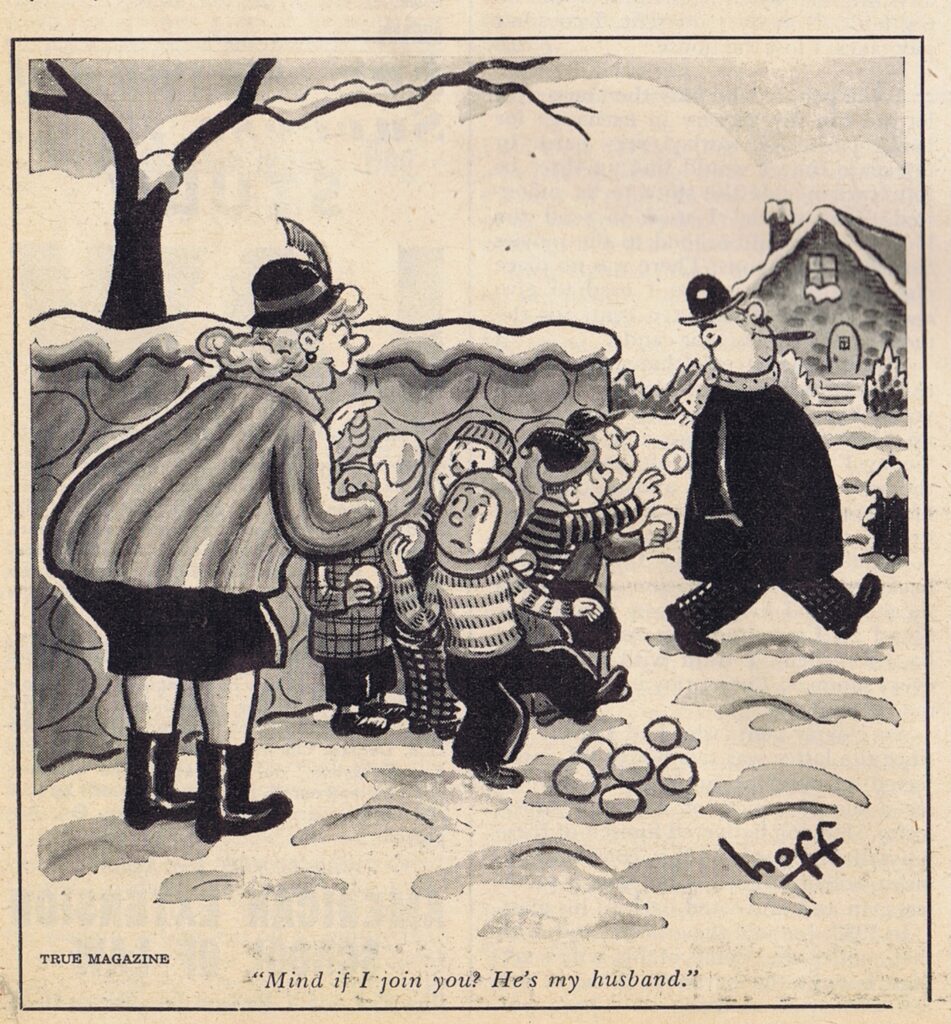
Children’s Books: A Lasting Legacy
Syd Hoff’s most enduring legacy is his contributions to children’s literature. He wrote and illustrated over 60 volumes in the HarperCollins “I Can Read” series, with notable titles including “Sammy the Seal” and the immensely popular “Danny and the Dinosaur” (1958), which sold 10 million copies and was translated into multiple languages. The success of these books solidified Hoff’s place as a cherished author for young readers.
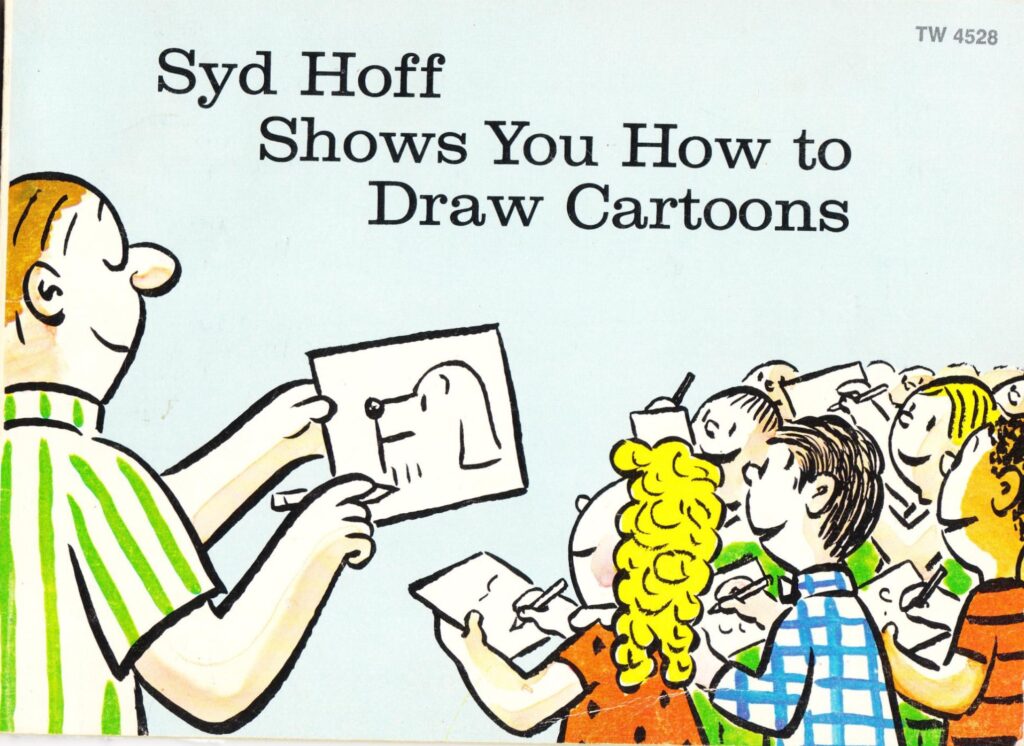
Legacy Beyond Children’s Books
Hoff’s creative output extended into various genres for both children and adults. His bibliography includes a wide range of titles, from “Naval Secrets” during World War II to humorous works like “Oops! Wrong Party!” and “Feeling No Pain: an Album of Cartoons.” Hoff’s diverse portfolio showcases his ability to connect with different audiences through various forms of storytelling.
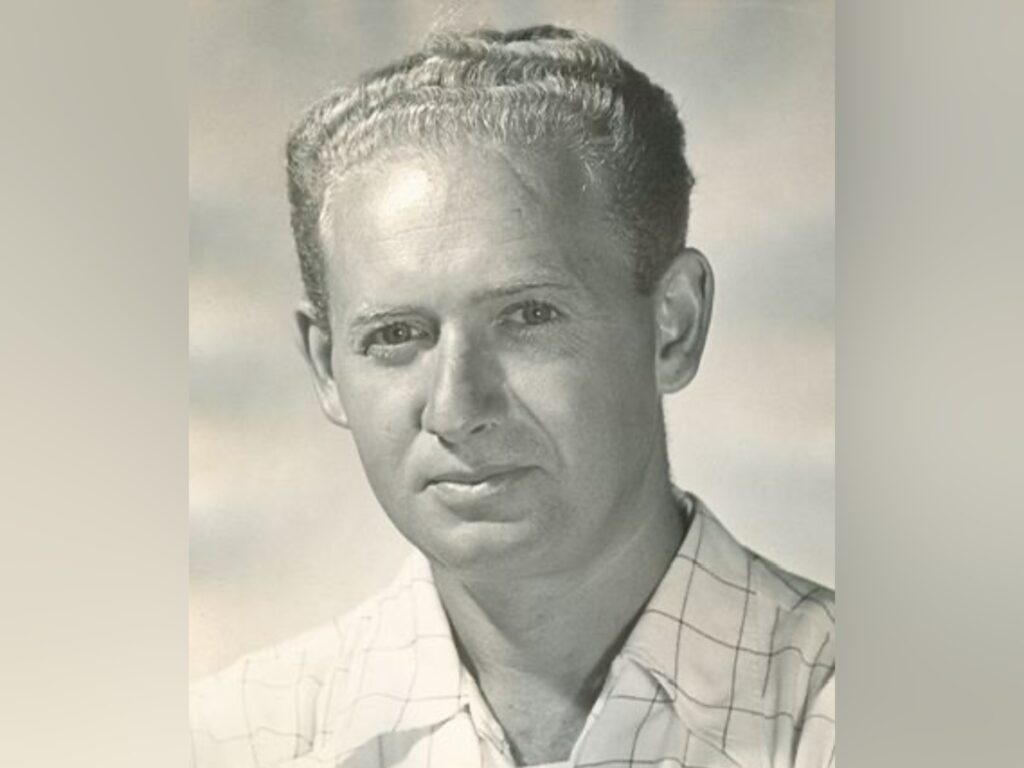
Adaptation into Film
In 1989, Hoff’s book “Stanley” took on a new life as a stop-motion animation film titled “Stanley and the Dinosaurs.” This adaptation further extended Hoff’s influence into the realm of visual storytelling.
Conclusion
Syd Hoff’s creative journey reflects a remarkable evolution from a promising young cartoonist in the Bronx to an iconic figure in American literature. His ability to navigate diverse genres, from political cartoons to children’s books, showcases a rare versatility in the art world. Hoff’s legacy endures through his timeless children’s stories and in the broader scope of his contributions to the world of illustration, animation, and humor. As we celebrate his life and work, we recognize Syd Hoff’s enduring impact on multiple generations of readers and artists alike.
Read also
- William Steig (1907-2003): The Artistic Journey of a Cartoonist, Illustrator, and Beloved Children’s Author
- Jack Kent: The Creative Journey of a Prolific Cartoonist and Author-Illustrator
- The Pen’s Might: Exploring the Impact of Famous Editorial Cartoonists
Frequently Asked Questions (FAQs) about Syd Hoff
Who was Syd Hoff?
Syd Hoff (September 4, 1912 – May 12, 2004) was an American cartoonist and children’s book author best known for his classic early reader, Danny and the Dinosaur.
What are some of Syd Hoff’s notable works?
Syd Hoff authored over 60 volumes in the HarperCollins “I Can Read” series, including “Danny and the Dinosaur,” “Tuffy,” and “Laugh It Off.”
What was Syd Hoff’s early life like?
Born as Sydney Hoffberg on September 4, 1912, in Bronx, New York, he became a renowned cartoonist and author.
In which genres did Syd Hoff’s cartoons appear?
Syd Hoff’s cartoons spanned various genres, including advertising commissions for companies like Eveready Batteries, Jell-O, and more. He also contributed to publications like The New Yorker, Esquire, and Look magazine.
What was Syd Hoff’s involvement in syndicated comic strips?
Hoff drew two long-running syndicated comic strips: Tuffy (1939–1949) and Laugh It Off (1958–1978).
Tell us about Hoff’s political cartoons and pseudonym A. Redfield.
In 1933, Syd Hoff contributed cartoons to leftist newspapers and magazines under the pseudonym A. Redfield. He adopted this name for his radical work, including the book “The Ruling Class.”
How did Hoff contribute to the war effort during World War II?
Hoff drew propaganda cartoons for the Office of War Information during World War II, keeping him out of active military duty.
What is the legacy of “Danny and the Dinosaur”?
“Danny and the Dinosaur” (1958) sold 10 million copies, becoming one of Hoff’s most famous works, translated into multiple languages.
What other ventures did Syd Hoff pursue apart from children’s books?
Hoff edited and published “Editorial and Political Cartooning: From Earlier Times to the Present” in 1976, containing over 700 examples of editorial and political cartoons worldwide.
Is there a film adaptation of Syd Hoff’s work?
Yes, Hoff’s 1962 book “Stanley” was adapted into a short stop-motion animation film titled “Stanley and the Dinosaurs” in 1989.
This post was created with our nice and easy submission form. Create your post!




